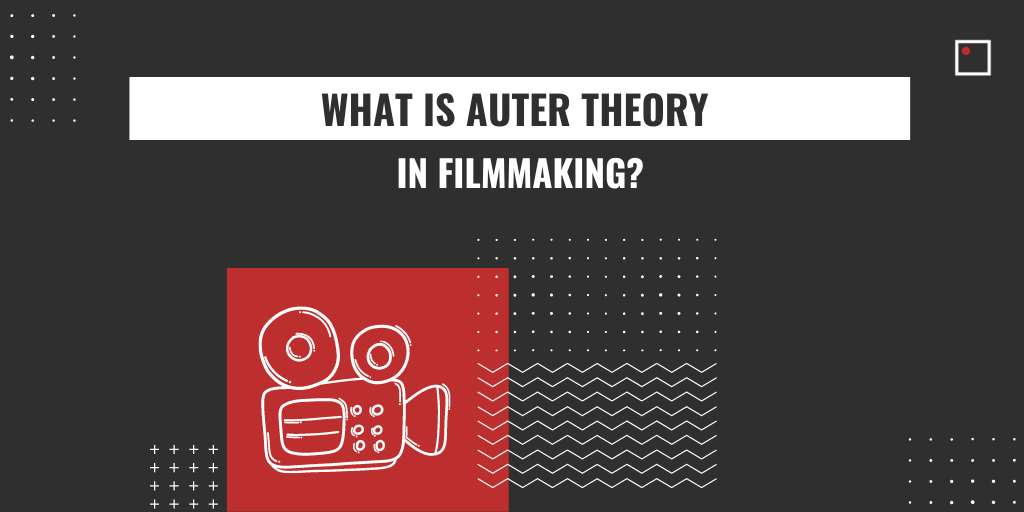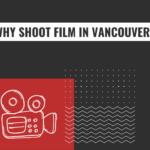What is Auteur Theory in Filmmaking?
What is Auteur Theory in Filmmaking?

by Ryan Uytdewilligen
In short, an Auteur is an artist who applies a high amount of stylistic control over their craft. In the case of Auture Filmmaking, this would be the director.
In the history of cinema, most cinema buffs point to auteur filmmakers as a source of inspiration. Scorsese, Kubrick, Lynch, Burton, Kurosawa, Mallick, the same names pop up over and over again for a reason. They have a cinematic identity that radiates through their work, whether it’s a repetitive setting or a reoccurring theme.
It’s easy to identify a Wes Anderson movie because he has his team of regulars (like Owen Wilson and Bill Murray) on display. His wild pallet of bright colours easily identifies it as a wacky, almost surreal, universe only he could create. He’s so good at getting his vision across, people keep coming back for more.
That is the sign of the auteur filmmaker: creative control for a personal end product that resonates with the zeitgeist.
THE HISTORY
The theory of auteur filmmaking began in 1940’s France as a fast, low budget method to shoot a film. While the term “auteur theory” was coined by American film critic Andrew Sarris, the theory arose from the ideas of Andrè Bazin and Alexandre Astruc—two theorists who linked the debt and aftermath of WWII with the process of making more personal films by any means. Bazin furthered the idea of the caméra-stylo (“camera-pen”) style, insisting the director in charge of penning the idea, blocking the scenery, and conveying the overall message is the true author of the film. With much to say and little opportunity for funding, the auteur theory became well practiced in the low budget cinema world of Europe.
Up until then (and until the late sixties in Hollywood), the studio system merely assigned director-for-hire’s like George Cukor or Frank Capra to their latest project. The cigar chomping studio head steered the ultimate vision. This is why a directorial stamp is rare on older films.
However, there were a few exceptions such as the great Charlie Chaplin. After slogging his way to stardom through Mack Sennett films, he was awarded creative control which led to the writing, starring, production designing, and editing of his own work. An immense creative drive showcased his comedic genius and cemented his name in cinema history.
While director names got bigger and the choice of film project became more lenient, it wasn’t truly until the French New Wave of the 1950’s when the love for auteur filmmakers and the commonality of the auteur theory in practice took off.
Two of the most notable pioneers included François Truffaut and Jean-Luc Godard who began their careers with theories on the matter. They later made waves with their low budget, fast cut work that broke all of the rules when it came to sex, story, and violence. Their themes would never have been allowed in mainstream motion pictures, so their guerrilla-type shoots utilized real backgrounds, unknown actors, and freedom to explore what they wanted; funding came from minimal donations so they had no one to adhere to but themselves for content.
The next batch of young wide-eyed auteur filmmakers were watching: Martin Scorsese, Steven Spielberg, Brian De Palma, Peter Bogdanovich, William Friedkin, and many others “stormed the gates” and bypassed the studio system. They explored darker themes closer to them—staying true to their original vision, no matter how violent or strange it might have seemed. Resonating with a vast variety of audiences, stronger and louder voices now pushed Hollywood to accommodate unique dreamers via the auteur theory. It’s now up for debate and personal choice what makes a true auteur.
Some of the greatest include legends like Alfred Hitchcock, whose work is easily identifiable due to the exploration of suspense in primarily the same genre, even though he didn’t write the majority of his work. On the other hand, indie filmmaker Richard Linklater has written, directed, and produced all of his material but adapts his style to fit different genres. Perhaps the best position for auteur filmmakers is knowing where to draw the line of involvement and knowing what exactly their strengths are.
BECOMING AN AUTEUR
But how does one get to this coveted point in their career? It seems as though Stanley Kubrick was born with distinct ideas that launched him to the front of the filmmaking pack. The journey can be long, but the more material you write and produce, the more chances you gain to develop your own voice.
Now is the easiest time to do so because you don’t have to adhere to studio standards for funding or even equipment. Films can even be shot on cell phones, giving the filmmaker complete control to design the story and scene. Lower budgets give artists more freedom which is the perfect place to explore themes, styles, and most importantly, room to practice.
When thinking about auteur filmmakers we know and love, it is often their earliest work that stands out as the most notable or absolute best. Steven Soderbergh’s first feature Sex, Lies and Videotape (1989) took home the Palme d’Or while Quentin Tarantino’s Reservoir Dogs (1992) set the tone for his array of bloody yet humorous crime escapades. So as daunting as inspirational greatness can be, all of these masters started with simple inner desire to tell stories and a point of view from which to tell it.
The auteur theory isn’t a knock against collaboration but it is a goal for young artists to strive towards. Nothing is more satisfying than exploring personal themes and techniques in the motion picture medium. Creating your own personal stamp is a journey but a satisfying one that can be obtained through honing your craft.
For a lengthy career that puts you in demand, finding your own voice is necessary to set you apart which establishes a fan base and earns you more clout for creative control. Don’t just be a filmmaker-for-hire all your life. If you truly want to explore the material, immerse yourself in all aspects, and never stop learning—develop your vision as an auteur.





